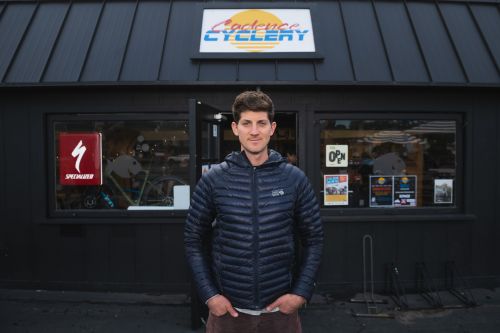A version of this feature ran in the November issue of BRAIN.
BOULDER, Colo. (BRAIN) — For our November magazine edition, we asked our State of Retail panel members: How would you gauge the current consumer demand for bikes, service, apparel, parts, accessories?
CARSON CITY, Nev: Win Allen, owner Win’s Wheels

We have never sold bicycles; however, I would say that there has been a decline in the bicycle buying market since the pandemic based on observation that there are fewer purchase inquiry calls and fewer new bicycles coming in for service.
Demand for service still remains high. We observe that people are fixing up or upgrading their components — investing in what they have versus replacing it with a new bicycle. I would say that we are in a similar demand for service now as we were pre-COVID. The two years following the start of the pandemic were our highest demand for service. We were blowing through inventory like never before and re-ordering and special order placing was a full-time job.
Demand for apparel is at an all-time low for us. Parts and some accessories are still in high demand. Pre-COVID parts and accessory sales are similar to where we are now. We sold more apparel before the pandemic. We had a large increase in sales of apparel, parts and accessories following the pandemic, however that has been tapering off in the last year or so.
One of the market aspects that has surprised us this year is the transition of road riders into mountain bikers. They cite that they feel safer without having automobiles around them.
ENCINITAS, Calif.: Steve Yeager, owner Cadence Cyclery
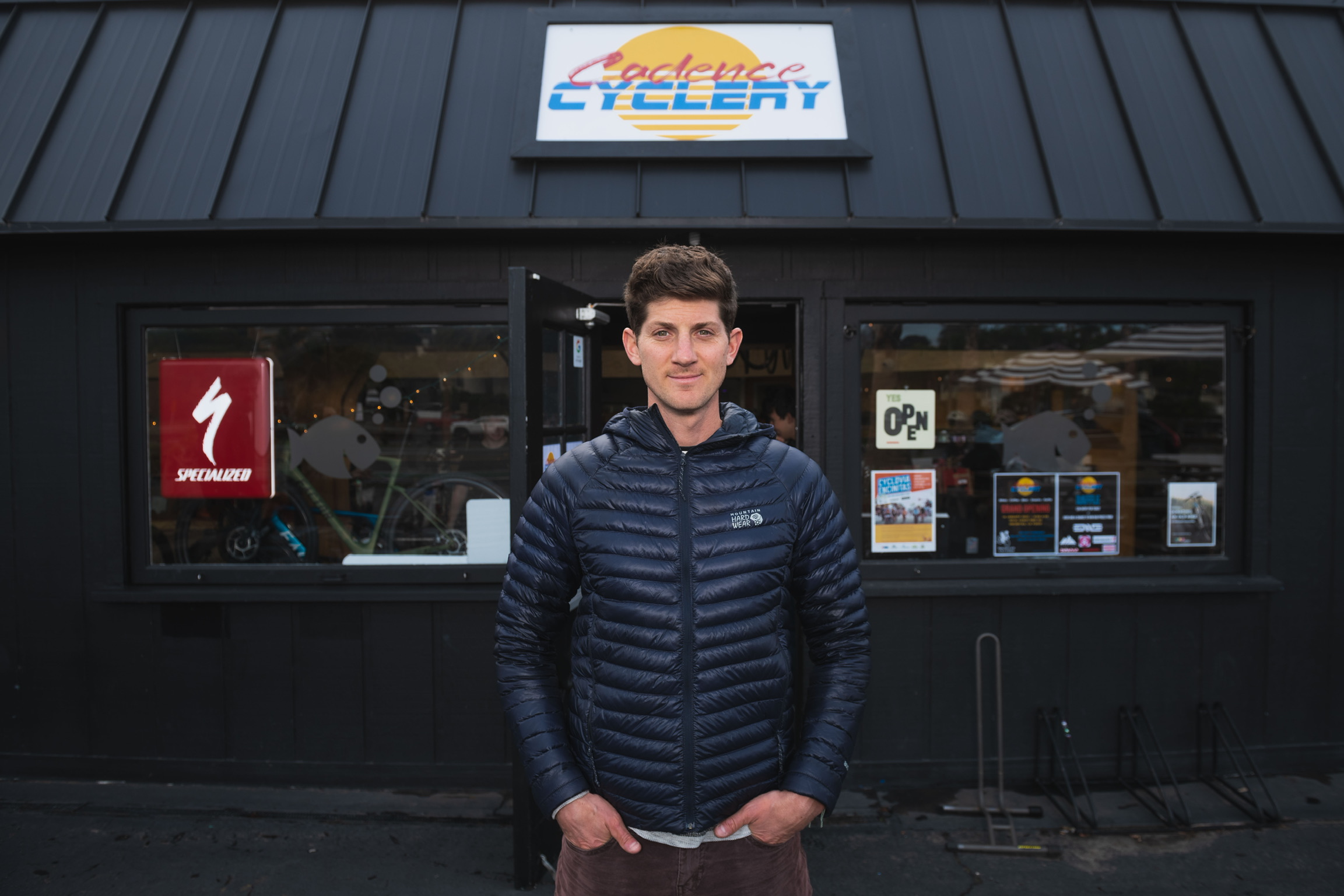
We weren't open prior to COVID, so I can't really compare this year’s consumer demand for bicycles, services, apparel, parts, and accessories to prior years. However, one thing that’s surprised me about this year’s demand is that the higher-end product is still selling well. It's the demand for lower to mid-level product that seems to have slowed in 2024.
CHAGRIN FALLS, Ohio: Jacob English, owner Mountain Road Cycles

It's very difficult to gauge consumer demand for bicycles in 2024. As the Magic 8 Ball would say: “Ask again later.” As for the demand for service, it’s stronger but with more complications. We’ve observed that the demand for apparel, parts, and accessories is lower but manageable. My recommendation to shop owners and managers is to stick to core items. Stick to what sells for you, so nothing surprises you.
CHICAGO: Gillian Forsyth, owner BFF Bikes
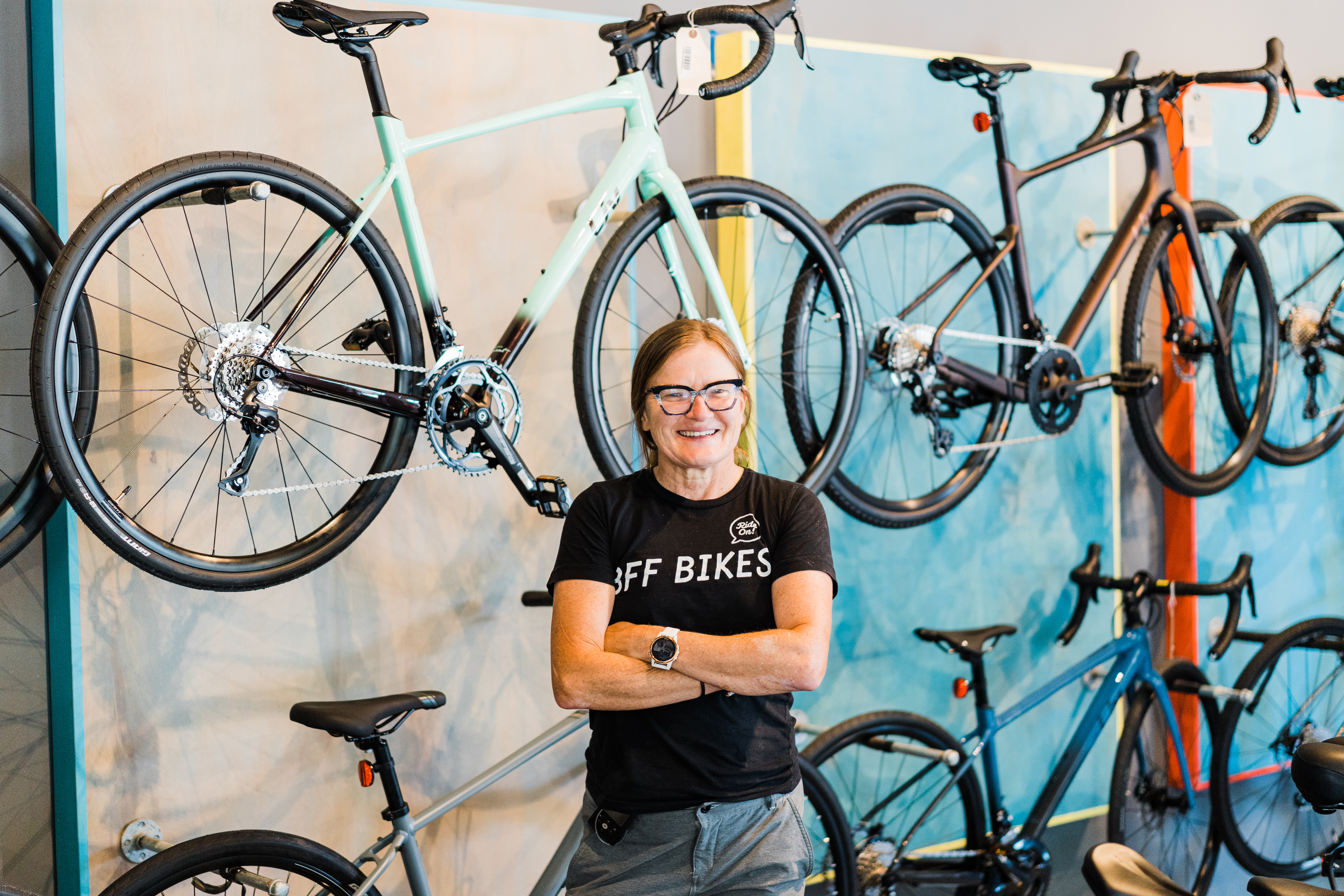
After April, I thought that we were in for a tough year. Luckily it turned around and ended up being on par with last year. From my perspective, where we are located, cycling is still very much used as a mode of transportation. I think consumer demand for bicycles held steady or decreased slightly. A lot of it depends on what happens with pricing. As manufacturers raise prices, it's harder and harder for some to afford a new bike. With more people on bikes, more poor quality e-bikes, and direct-to-consumer bikes being sold, service has continued to be strong. As a shop our service has increased since COVID as more people are choosing to ride. Apparel has never been a high-selling item for us. It is hard to keep us with online sales. I haven't seen a drop in parts or accessories since the pandemic. In my opinion, demand has increased from pre-COVID levels.
NEWINGTON, N.H.: Steve Gerhartz, owner Seacoast E-Bikes
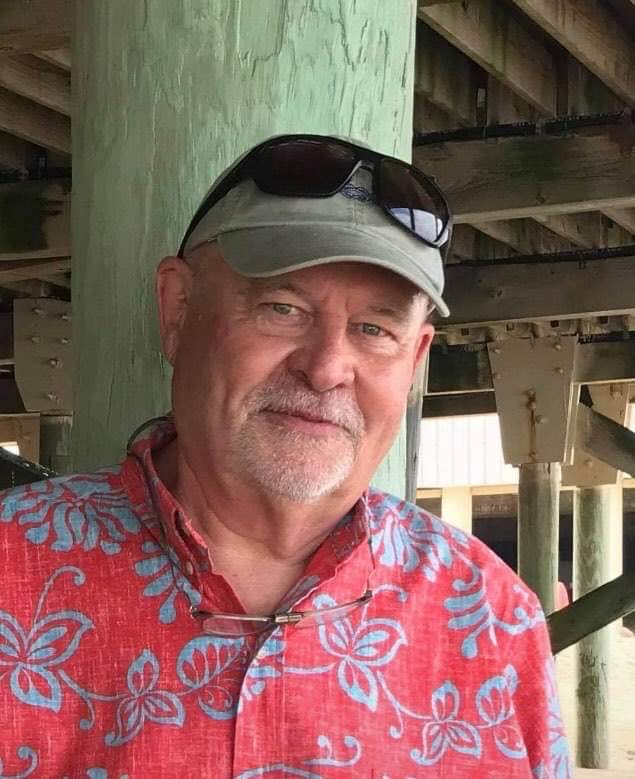
The demand for e-bikes has increased every year since the COVID pandemic; however, it was on the increase even before COVID, and we see it continuing to increase, especially in areas that are improving bike-pedestrian infrastructure. We still have a long way to go before we reach levels of adoption seen in other countries. Last year in the European Union, over eight million e-bikes were sold, vs. about one million in the U.S. In the EU, bikes in general are considered transportation whereas in the U.S. only about 5% of e-bike sales are for this purpose.
Our service business has seen significant growth, simply because there have been so many e-bikes sold since before and after the pandemic, and most shops shy away from servicing them. We expect this to continue. We only take on electrical repairs for brands we sell.
As an e-bike only store, we see almost no demand for apparel. Parts demand is increasing along with service demand and accessory demand is waning as more and more manufacturers are adding fenders, lights, bells and racks to their bikes. We have lost quite a bit of revenue because of this. Car racks, helmets and mirrors are our top sellers.
WINTHROP, Wash.: Julie Muyllaert, co-owner Methow Cycle & Sport
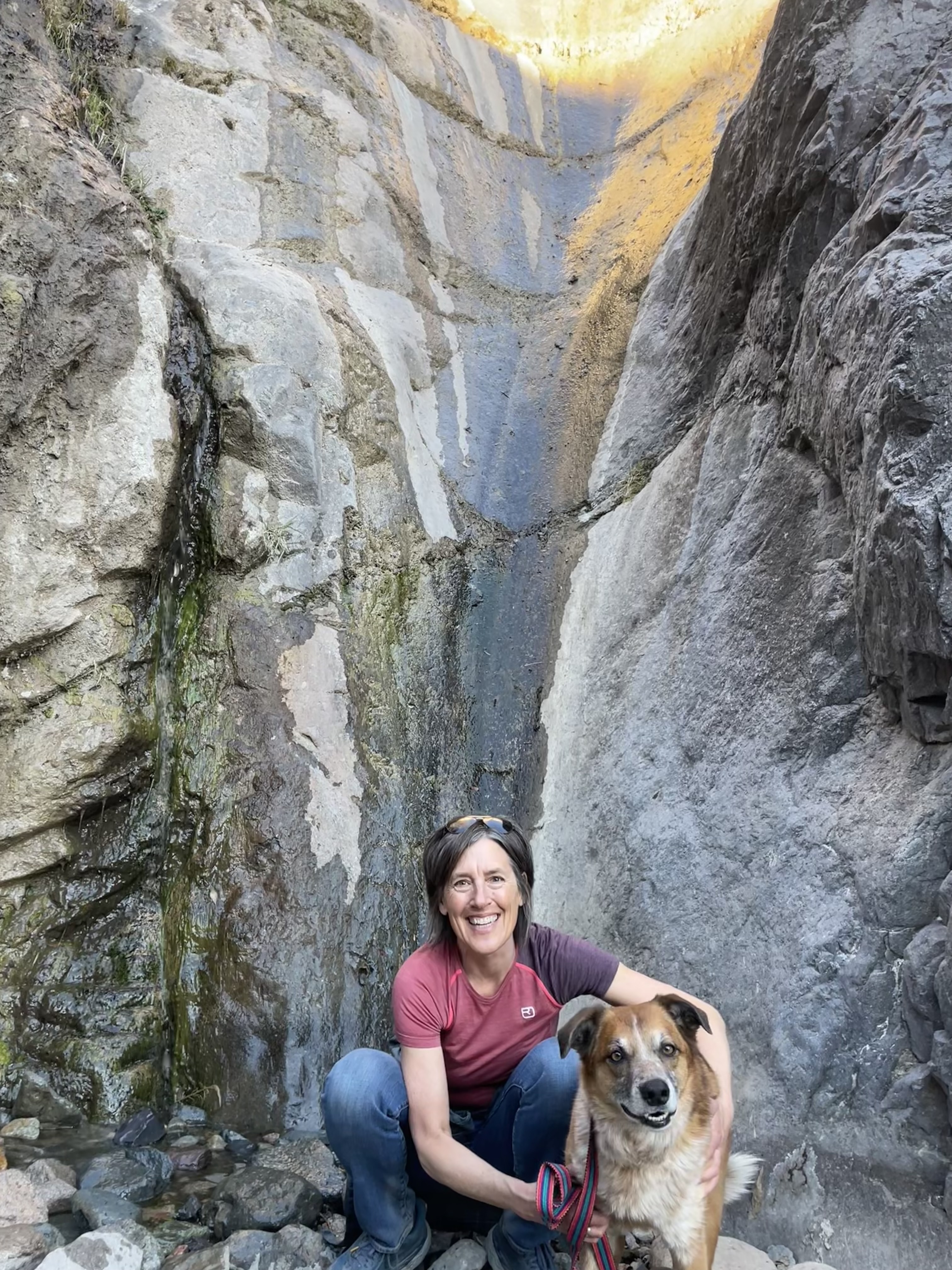
Overall, the demand for bicycles in our market remains strong. In terms of units sold, we're up 46% over pre-pandemic levels and off 14% from the pandemic peak. And average bike price is up 28% so sales volume also remains strong. The service department has maintained steady growth throughout the pandemic and post-pandemic years. We attribute the growth to both the increase of bikes sold in the last four years and the population growth our community experienced. Apparel is always a challenge. We have the greatest success with our shop-branded jerseys, tees, socks, and hats. We also do well with fundamentals such as shorts and gloves. Demand continues to be strong for accessories such as helmets, pumps, and repair supplies. Sales of parts have slowed since the height of the pandemic but are steady. We had a very strong September, which was a pleasant surprise, after a sluggish July and August due to a prolonged heat wave and a fire-related road closure. The winter snow prediction is looking promising, so we're cautiously optimistic for strong fat bike and ski sales as we move into the last couple months of the year.
AUSTIN, Texas: Audrey and Mark Sze-To, owners Electric Avenue
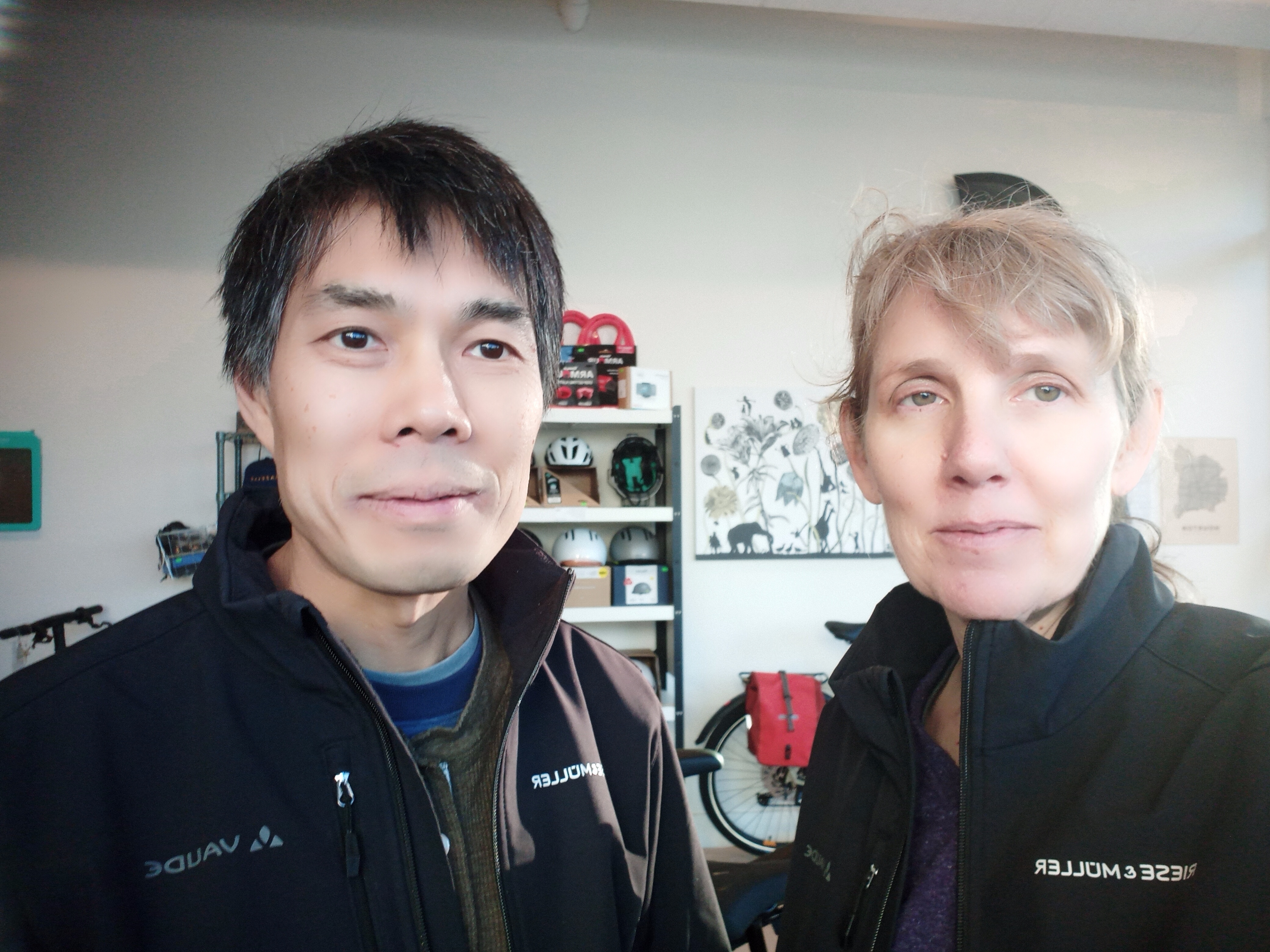
The demand for bicycles this year has risen in the last several months to levels similar to before the pandemic; however, the 10 months prior saw lower demand than before the pandemic. The current consumer demand for service is at an all-time high for us. The demand for service has been trending up since before the pandemic and continued rising during the pandemic. Now, it is higher than ever (by approximately three-fold) due to the popularity of cheaper, less durable, bikes sold on the internet and at mainstream low-end retailers. Many consumers are unaware or insensitive to the low quality, unserviceability, or lack of value-for-money they may be getting with new and used bike and e-bike purchases. Lastly, our demand for apparel, parts, and accessories is fairly high and in line with rising service demands since before and throughout the pandemic.
LITTLE FALLS, Minn.: David Sperstad, owner Touright Bicycle Shop
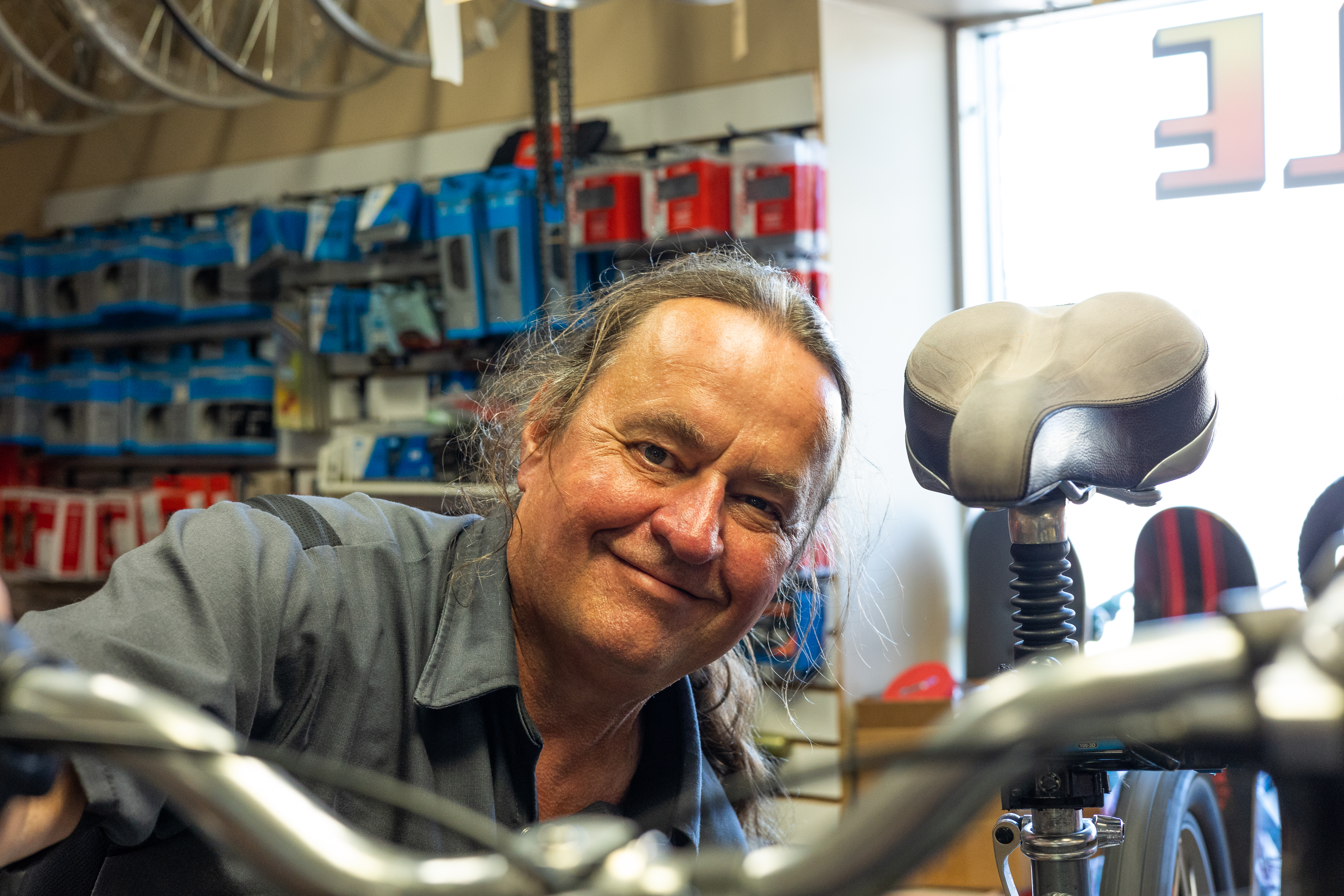
COVID happened early in the 10-year history of our business and we survived. Navigating through that has taught me many things about the bicycle industry and about people. Industry-wise, it seems to be pretty much about the supplier vs. the local bike shop. We have developed relationships with our extended community and become the trusted source of knowledge of all things bicycles, whether it’s through simple goodwill, willingness to talk, or assisting everyone who walks through the door. While that on paper might not help our bottom line, I know it has helped our reputation of just wanting to help people ride bikes, rather than sell them something.
I feel that the demand rate for bicycles is about the same as pre-pandemic, but now we have a larger customer base. The most popular category for us this year is e-bikes, as people who purchased a bike pre-COVID have aged and they want the benefits of an e-bike now. Demand for service has also increased. Like all bicycle retailers, we sold lots of bikes during COVID and now they are coming back in for service. We seem to be a likable store, so people return to us and send their friends to us as well. The increased use of e-bikes has also added to our service load, yet, we only work on brands of these that we sell. Accessory sales have increased some, especially helmets and mirrors. With more and more people on our trails they understand the necessity of mirrors, bells, and other enhancements to their ride.
ALAMEDA, Calif.: Larry Tetone, event coordinator Alameda Bicycle
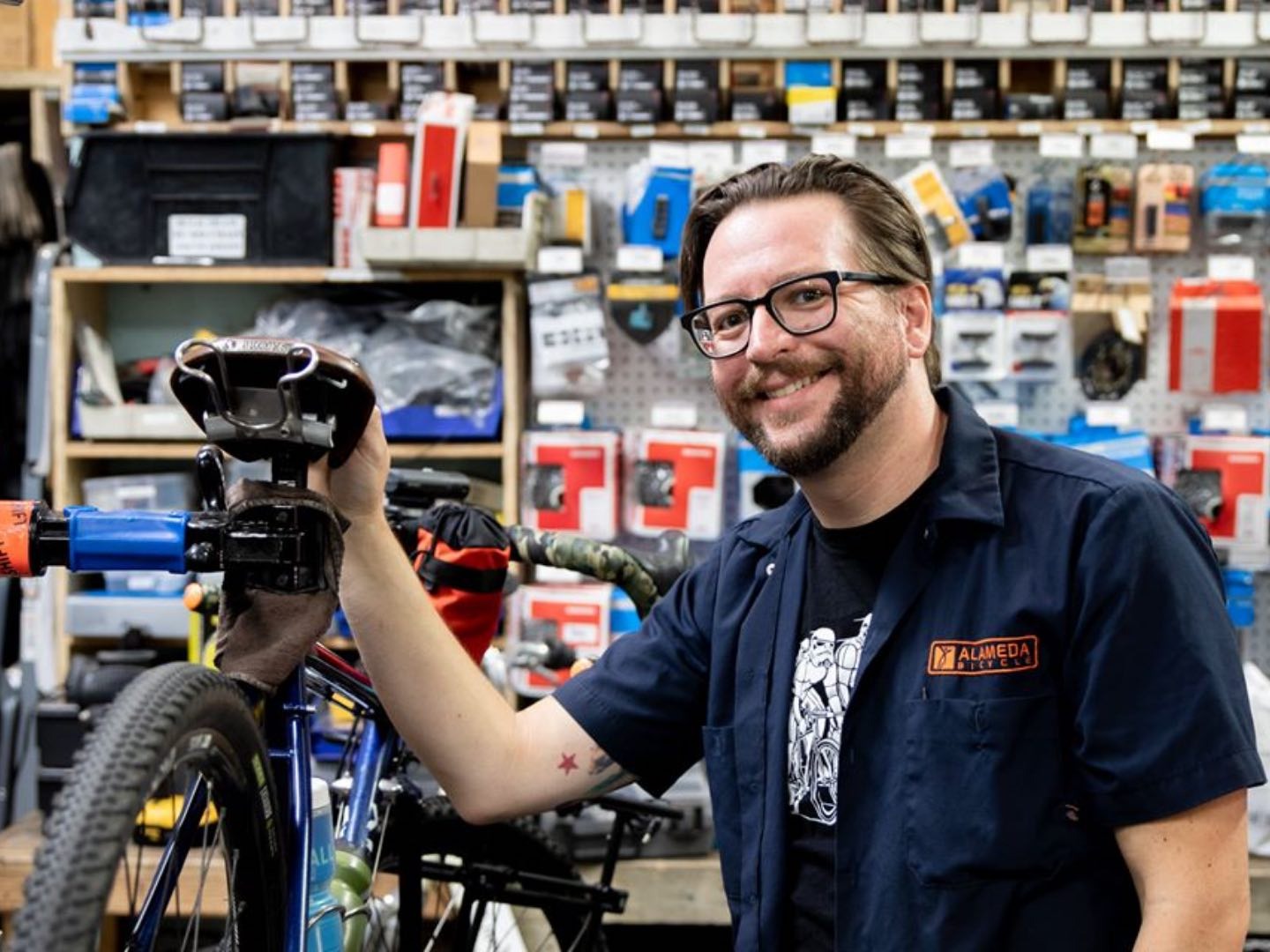
I feel the year so far has met our expectations. We'd love sales to be higher of course, but I think our overarching goal for 2024 was to stabilize and right size our inventory, and by those measures we're meeting expectations. We're projecting this year to hit nearly identical numbers to 2019. Demand for service has remained very consistent from pre-pandemic levels through today, and is generally capped by how much staff we have at any given time. Our summer wait times for tuneups will creep upward to 2-4 weeks. As for accessory and part sales, folks still need bikes, helmets, lights, etc., and the consumer demand is steady. For the most part, everything sales-related for us seems to have stabilized to where we were right before the pandemic started.

